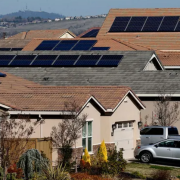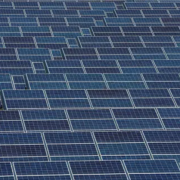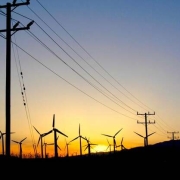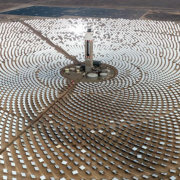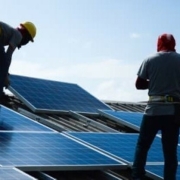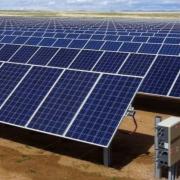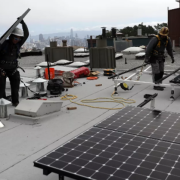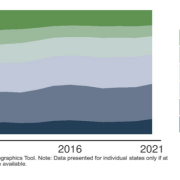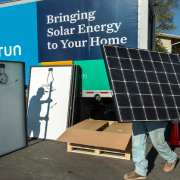California regulators on Thursday proposed changes to the state’s residential solar market designed to encourage more at-home battery systems that can help the electrical grid rely less on fossil fuels in the evenings, especially during heat waves.
It’s the California Public Utilities Commission’s second attempt at updating the state’s incentive program for home solar systems. Last December, the commission proposed new charges for solar customers and lessened the subsidies for installing rooftop panels, which utilities wanted but solar companies warned would cripple the booming industry and hinder the state’s move to clean energy.
Click here to read the full article
Source: Fox News
—
If you have any questions or thoughts about the topic, feel free to contact us here or leave a comment below.

